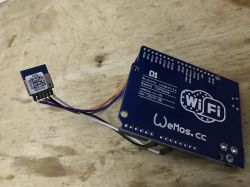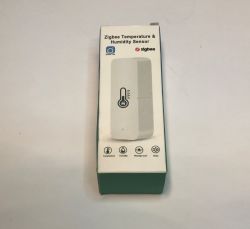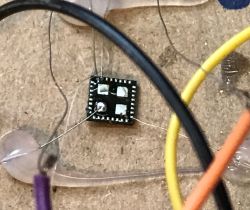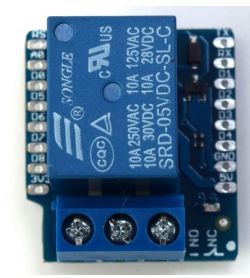Hello.
I have made a project in Blynk as attached.
I have uploaded a basic program to Wemos under Blynk.
I have a photoresistor + resistor connected to A0 and 3.3V connected to GND.
I have a relay connected to D1.
The Blynk reads the light intensity, there is a graph, I can control the relay via Buton from the blynk, but the Eventor which is supposed to switch the relay on above a value of 30 (lux) does not switch the relay on.
I've extended the code more, but it still doesn't work.
Would someone please drop me a code?
Greetings.
I have made a project in Blynk as attached.
I have uploaded a basic program to Wemos under Blynk.
I have a photoresistor + resistor connected to A0 and 3.3V connected to GND.
I have a relay connected to D1.
The Blynk reads the light intensity, there is a graph, I can control the relay via Buton from the blynk, but the Eventor which is supposed to switch the relay on above a value of 30 (lux) does not switch the relay on.
I've extended the code more, but it still doesn't work.
Would someone please drop me a code?
Greetings.







